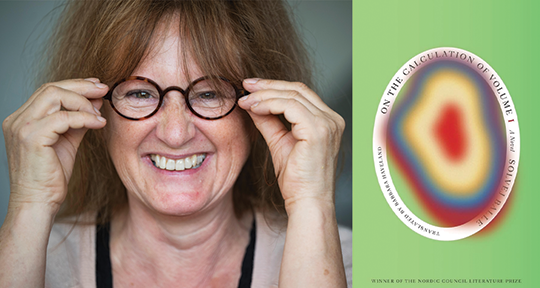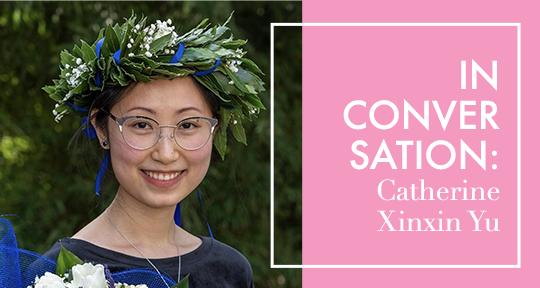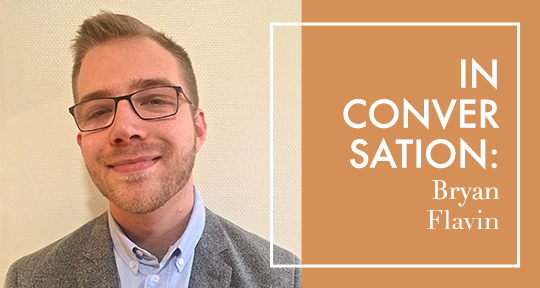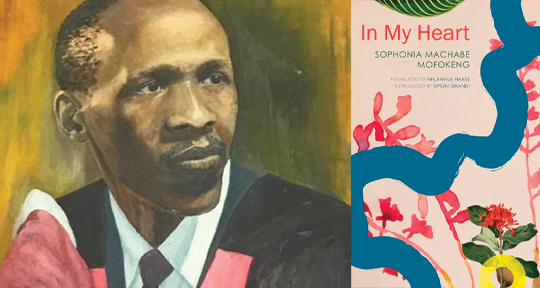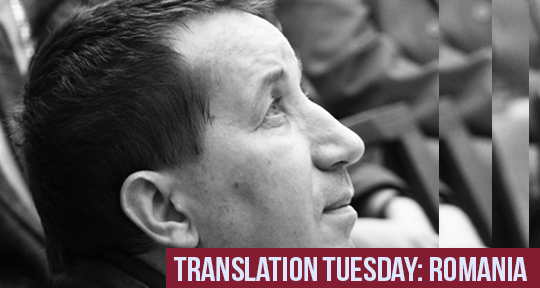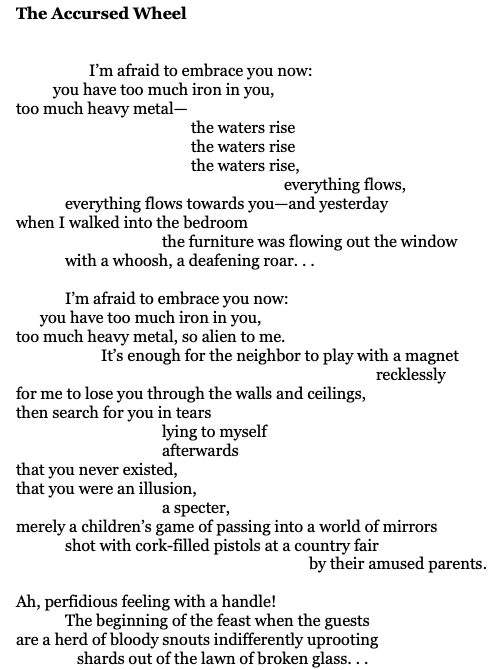On the Calculation of Volume (Books I and II) by Solvej Balle, translated from the Danish by Barbara J. Haveland, New Directions, 2024
Tara Selter, the narrator of Solvej Balle’s On the Calculation of Volume, takes a Roman coin out for walks and believes that a refrigerator is capable of sobbing: “It is quite permissible for a fridge that cannot hold onto its Christmas food to laugh—or cry—like a human being if it wishes.” A reader might reasonably infer that Tara has lost her mind, but there is a method to Tara’s madness, as her thoughts and behavior stem from wholly rational attempts to make sense of her absurd condition: each day, she wakes up on the morning of November 18.
On the Calculation of Volume is a septology, the first five books of which have been published in Balle’s native Denmark. This fall, Books I and II had their English debut in Barbara J. Haveland’s elegant translation from New Directions. The work begins in medias res—as much as is possible for a plot in which time fails to advance—the narrator having already lived with her curious predicament for 121 days. The first sentence is a tonal feint that wouldn’t be out of place in a suspense novel, but, here, primes the reader for the sense of estrangement that plagues Tara’s recounting: “There is someone in the house.” Identified solely by the sounds he makes, that someone is not an intruder but her husband, Thomas, with whom she runs a rare books business. By the time the novel opens, Tara has abandoned explaining her predicament each day and opted to avoid him, thoroughly estranged from a man to whom she once felt molecularly bonded:
Our love has always been microscopic. It is something in the cells, some molecules, some compounds outside our control, which collide in the air around us, sound waves that form unique harmonies when we speak, it happens at the atomic level or even that of smaller particles…
After four months of November 18ths, her husband has been abstracted into a “someone” and reduced to mere noise, “just sounds in the house.”

